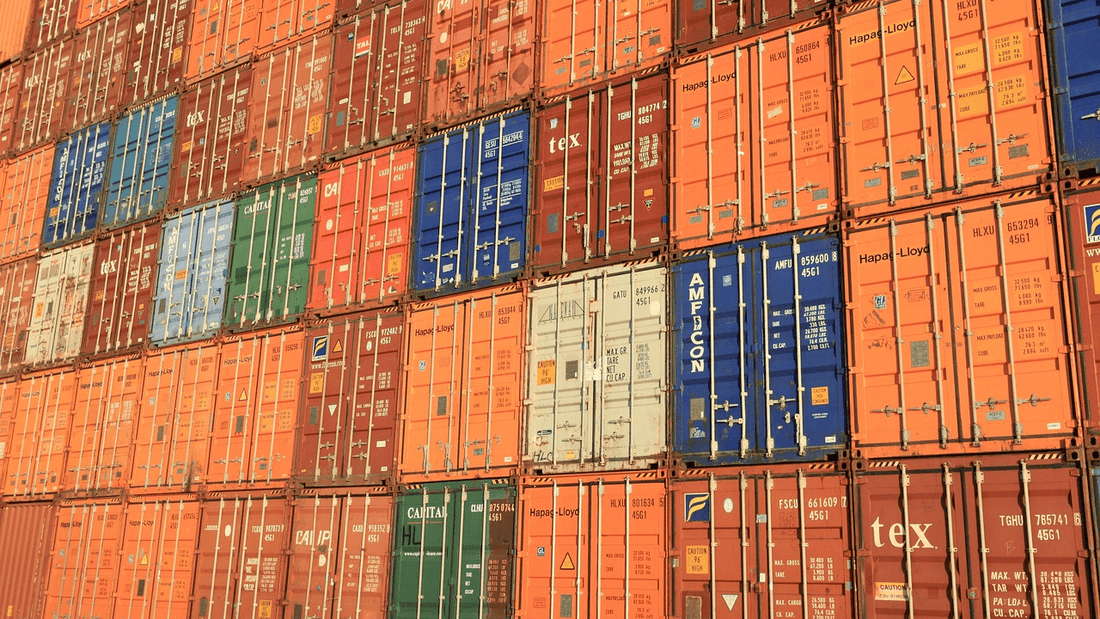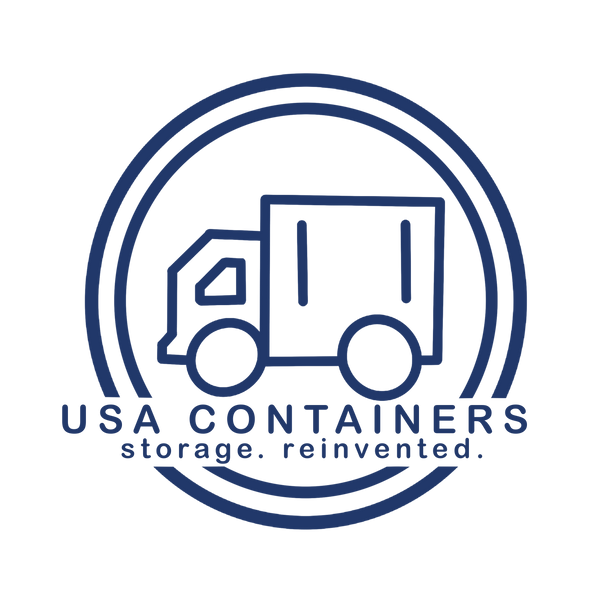
What Are Shipping Containers Made Of?
Share
Shipping containers are built to survive saltwater spray, rough handling, and long hauls across the globe—so it makes sense that they’re made from some of the toughest materials out there. If you’ve ever wondered exactly what a shipping container is made from, here’s your answer.:
The Primary Material: Corten Steel
Most shipping containers are made from Corten steel, also known as weathering steel. This isn’t your average metal. Corten steel was designed to handle extreme conditions, especially those found at sea. When exposed to the elements, it forms a stable, protective rust-like layer that actually slows down further corrosion. That’s right—the rust helps prevent more rust.
This self-protecting property is what makes Corten steel so ideal for shipping containers. It stands up to salt air, moisture, and temperature swings without the need for constant repainting or upkeep.
Framework and Reinforcements
While the walls and roof are usually made from corrugated Corten panels, the frame is a different story. The structural integrity of a container depends on its corner posts, rails, and cross members—all of which need to carry massive loads, often stacked many units high.
These parts are built from high-tensile steel for added strength. The corner castings (the square fittings at each corner of the container) are solid steel blocks that make it possible to lock containers together for stacking or secure them during transit. They’re also the points where cranes grab onto the container when lifting it on and off a ship, railcar, or truck.
The bottom cross members, which support the container floor, are made from I-beam or box-section steel. These help distribute weight evenly and keep the container from sagging under heavy loads.
Shipping Container Flooring
Shipping container floors are made from marine-grade plywood. The floors are supported by steel cross members and usually measure just over 1 inch thick. They’re designed to handle forklifts, pallets, and anything else you store inside.
Some newer shipping containers may use bamboo-based plywood as a more sustainable alternative. Bamboo is incredibly strong and grows faster than hardwoods, making it a popular choice for environmentally conscious manufacturers.
Doors, Seals, and Hardware
The doors at the end of a shipping container are made from steel panels with heavy-duty bars. Each door is fitted with rubber gaskets that create a watertight seal when closed. This helps keep the inside dry and secure, no matter what’s happening outside.
The hinges, locking rods, and cam keepers are all made of galvanized or stainless steel. These parts need to stay operational even after years of exposure to saltwater and grime, so durability is key.
Roofs and Walls: Corrugated for a Reason
The roof and side walls of a shipping container are made from corrugated steel panels. The corrugation isn’t just for looks—it adds rigidity and helps the container maintain its shape under stress.
The thickness of these panels is usually between 1.5mm and 2.0mm. That might not sound like much, but when you factor in the corrugated design and the strength of Corten steel, it’s more than enough to protect against dents, impacts, and heavy stacking.
Paint and Coatings
After a shipping container is assembled, it’s coated in primer and marine-grade paint. This helps add another layer of defense against rust and corrosion. Most containers are sprayed with epoxy or polyurethane coatings, which stand up to UV rays, chemicals, and moisture.
These coatings are designed to last up to 15 years without needing to be repainted, but if a container is going to be used for storage or converted into a building, repainting is often one of the first steps in the customization process.
So, what are shipping containers made out of? At their core, they’re a carefully engineered mix of Corten steel, marine-grade wood, galvanized hardware, and weather-resistant coatings. These materials combine to create a product that’s strong, secure, and ready to take on just about anything the world throws at it.
Fill out the form below for a free shipping container quote from USA Containers:
